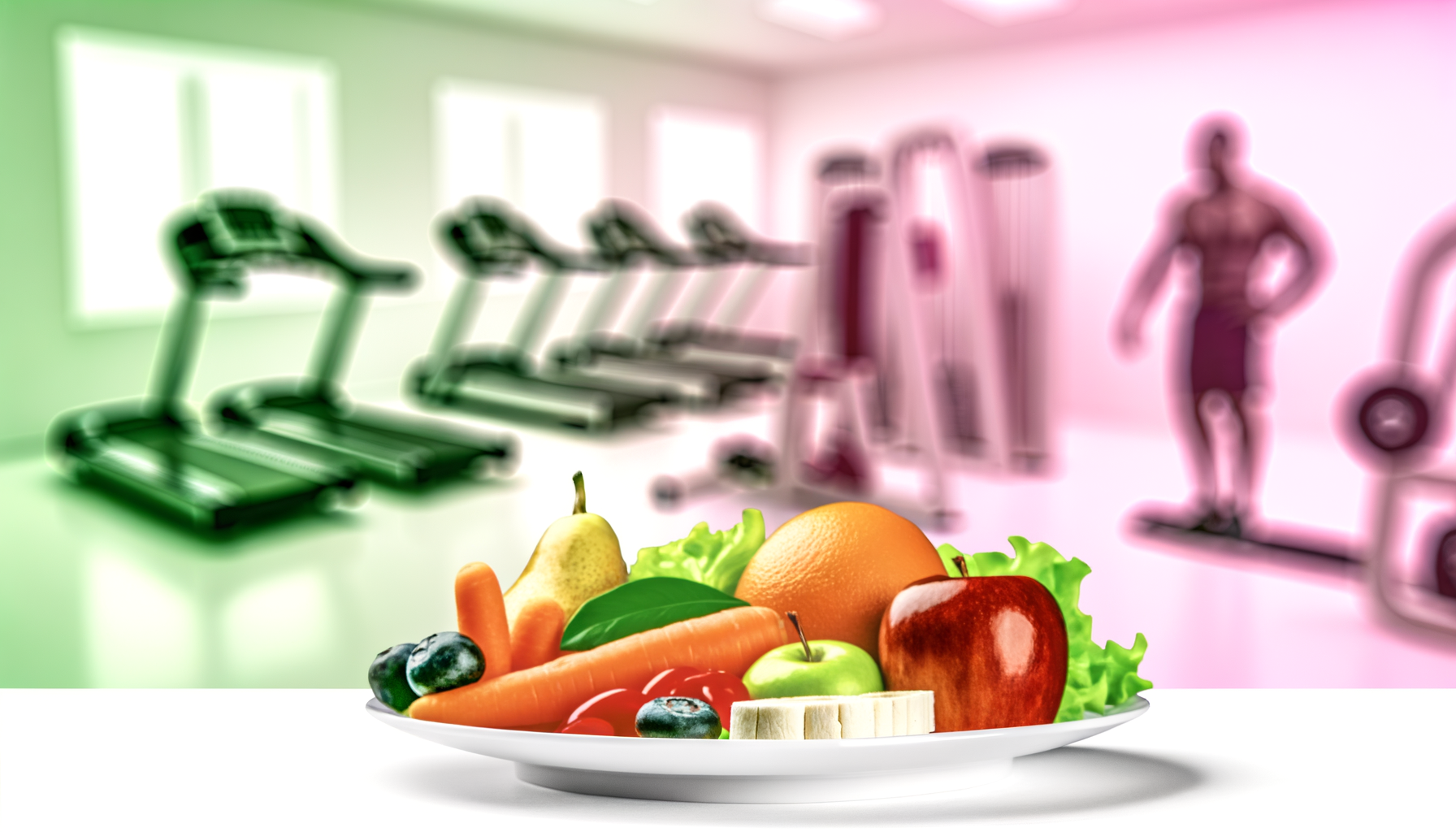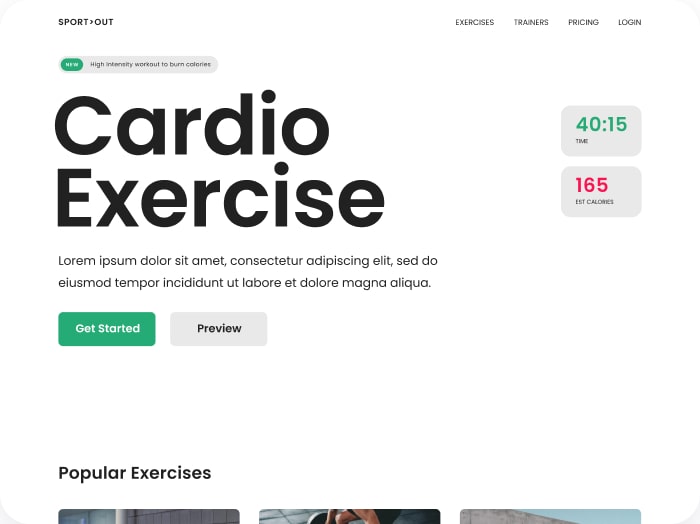## Understanding the Role of Calorie Calculators in Hormone-Balancing Diets
When it comes to maintaining hormone health, particularly for women, nutrition plays a crucial role. A well-balanced diet can significantly impact the endocrine system, helping to regulate hormones and overall wellness. In this article, we will explore how using a calorie calculator, such as the one provided by Calorie Calculator Cloud, can be a valuable tool in creating a hormone-balancing diet.
## The Importance of Basal Metabolic Rate (BMR) in Hormone Health
To start any dietary plan, it is essential to understand your Basal Metabolic Rate (BMR). BMR is the number of calories your body burns at rest and is a foundational element in determining your total daily energy expenditure (TDEE).
### Calculating Your BMR
BMR can be calculated using several equations, including the revised Harris-Benedict equation and the Mifflin-St. Jeor equation. These formulas take into account your weight, height, age, and sex to provide an estimate of your BMR. For individuals with a higher lean body mass, the Katch-McArdle Formula may be more accurate.
“`html
For example, the Mifflin-St. Jeor Equation is as follows:
For men: BMR (calories) = 10 x weight (kg) + 6.25 x height (cm) – 5 x age (years) + 5
For women: BMR (calories) = 10 x weight (kg) + 6.25 x height (cm) – 5 x age (years) – 161
“`
## Using Calorie Calculators for Personalized Nutrition Plans
Calorie calculators, like those offered by Calorie Calculator Cloud, can help you determine your TDEE by considering factors such as your BMR, activity level, and body composition. This is particularly important for women managing conditions like Polycystic Ovary Syndrome (PCOS), where accurate calorie intake is crucial for symptom control and weight management.
### Tailoring Your Diet for Hormone Balance
A hormone-balancing diet focuses on several key components:
#### Healthy Fats
Healthy fats are essential for hormone production and blood sugar stability. Foods rich in healthy fats include avocados, salmon, whole eggs, and nuts like walnuts and almonds. These fats help slow the absorption of carbohydrates, reducing the risk of blood sugar spikes.
#### Balanced Carbohydrates
Consuming the right amount and type of carbohydrates is vital. Focus on slow-burn carbs such as sweet potatoes, quinoa, and whole grains. These foods provide adequate energy without causing blood sugar imbalances. It is important to pair carbs with healthy fats, protein, and fiber to maintain blood sugar balance.
#### Protein and Fiber
Protein is crucial for maintaining lean body mass, which is closely linked to your metabolic rate. Include lean proteins like chicken, fish, and plant-based options such as beans and lentils in your diet. Fiber from whole foods like fruits, vegetables, and whole grains also supports digestive health and hormone balance.
## Practical Steps to Implement a Hormone-Balancing Diet
### Determine Your Caloric Needs
Use a calorie calculator to determine your TDEE. For example, if you are moderately active, you would multiply your BMR by an activity factor (e.g., 1.55 for moderate activity). This gives you a baseline from which you can adjust your caloric intake based on your specific goals, whether it is weight loss, maintenance, or gain.
### Create a Balanced Meal Plan
Ensure your diet includes a balanced mix of carbohydrates, proteins, and fats. Here is an example of what a balanced meal might look like:
– **Breakfast**: Oatmeal with avocado, eggs, and berries
– **Lunch**: Grilled chicken with quinoa, sweet potatoes, and steamed vegetables
– **Dinner**: Baked salmon with brown rice, lentils, and a side salad
### Monitor and Adjust
Regularly monitor your progress and adjust your caloric intake as needed. For instance, if you are trying to lose weight, you may need to create a caloric deficit by reducing your daily caloric intake by 200-300 calories. However, it is crucial to ensure you are not losing lean body mass, which can negatively impact your metabolic rate and hormone balance.
## Case Study: Using Calorie Calculators for Women with PCOS
Women with PCOS often face challenges in managing their weight and hormone levels. Here is an example of how a calorie calculator can be used:
– **Client Profile**: A 30-year-old woman with PCOS, weighing 145 pounds, and exercising three times a week for 45 minutes.
– **Caloric Needs**: Using the WP Calorie Calculator or a similar tool, her maintenance caloric needs can be estimated. To lose weight, she would need to create a caloric deficit, which can be achieved by reducing her daily caloric intake by 500 calories for a weight loss of one pound per week.
## Conclusion and Next Steps
Managing hormone health through dietary changes is a complex but rewarding process. By using calorie calculators to determine accurate caloric needs and adjusting macronutrient balances, individuals can significantly improve their hormone balance and overall health.
### Summary
– **Accurate Caloric Needs**: Use calorie calculators to determine TDEE, considering factors like fat mass, fat-free mass, age, and physical activity.
– **Dietary Recommendations**: Focus on low-glycemic index foods, non-starchy vegetables, lean proteins, and healthy fats.
– **Macronutrient Balance**: Ensure a balanced mix of carbohydrates, proteins, and fats.
### Take Action
If you are looking to manage your hormone health through diet, consider integrating a calorie calculator into your nutrition planning. For more detailed plans and pricing, visit the Calorie Calculator Plans page. By taking a well-rounded and personalized approach to nutrition, you can help manage hormone imbalances more effectively and improve your overall wellness.








